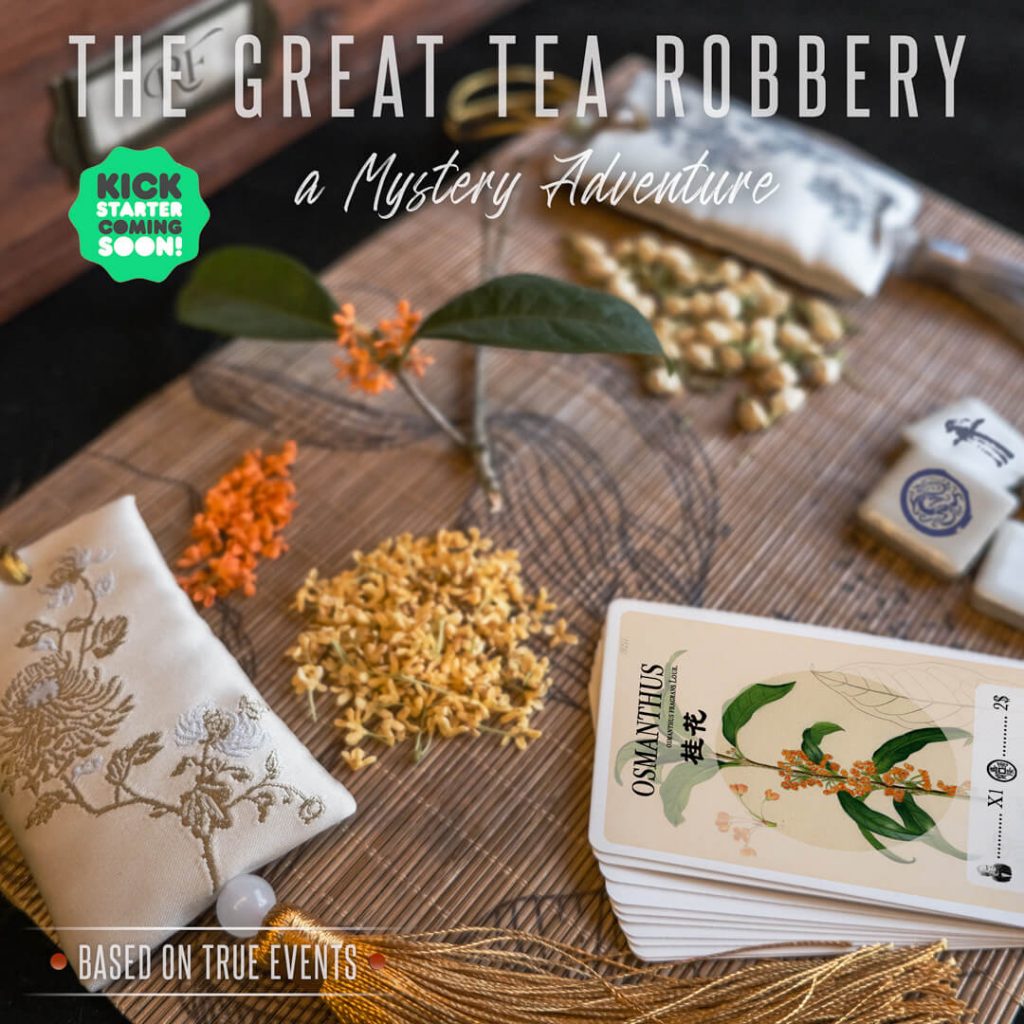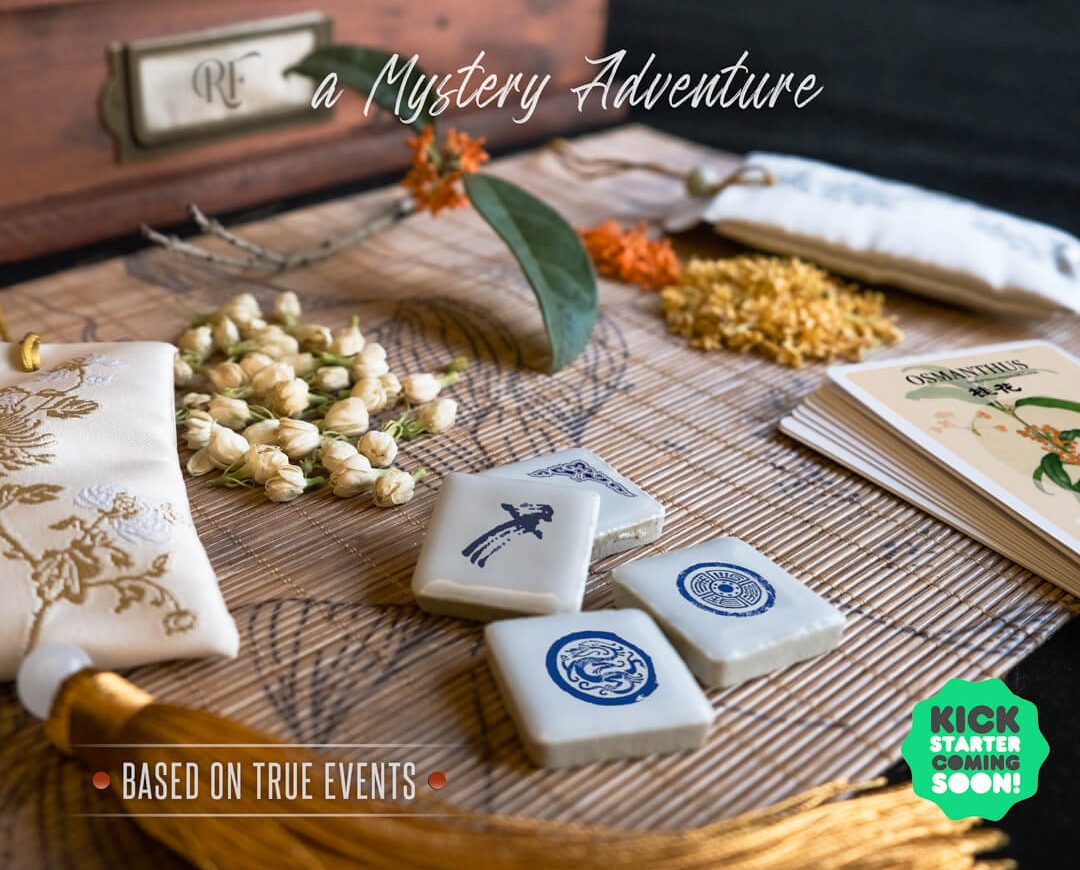Robert Fortune’s Green Fingers
In the mid-19th century, Robert Fortune embarked on an epic voyage to the heart of China, a journey that would forever change the course of tea history. Among his many achievements, Fortune introduced some of the finest flowers used in the art of scenting tea. He didn’t just bring tea plants back to the West; he brought the essence of Chinese gardens.
A Symphony of Fragrances

One of the most celebrated scented teas is Jasmine tea. Thanks to Fortune’s efforts, the intoxicating aroma of jasmine blossoms found its way into our teacups. But it doesn’t stop there. Osmanthus, another flower championed by Fortune, lends its sweet, apricot-like scent to some of the most delightful oolong teas.
From East to West

While we often associate scented teas with China, the Western world also has its fragrant gems. Earl Grey tea, beloved for its distinctive citrusy aroma, uses bergamot oranges. Robert Fortune didn’t introduce bergamot to the West, but his pioneering spirit paved the way for cross-cultural tea blends.
A Tradition as Old as Time
The Chinese tradition of scenting tea with flowers dates back centuries. It’s a testament to the artistry of tea blending, where the aromas of blossoms like jasmine, osmanthus, and chrysanthemum dance harmoniously with tea leaves. This tradition endures, reminding us that tea is not just a beverage but a sensory journey.
As you savor a cup of scented tea, reflect on Robert Fortune’s legacy and the enduring Chinese tradition that enriches your teacup—a journey through time, fragrance, and flavor.
